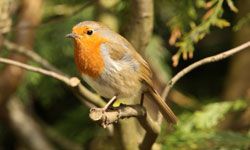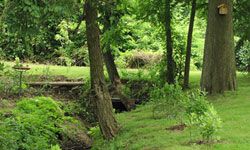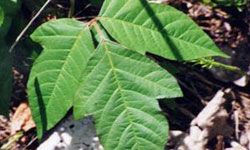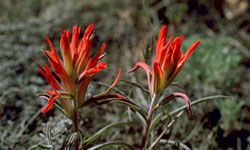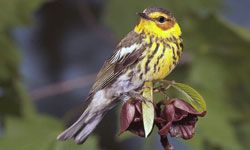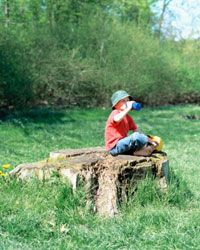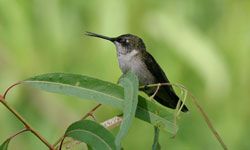It can be hard to knock the amenities -- movies on demand, music on the go, air conditioning in August. It's all good stuff. What else could a modern human need?
Nature. Good, old-fashioned, ear-budless, non-digital, fresh-aired nature. Dirt, bugs and photosynthesis.
Advertisement
Lots of families take a weekend break from the indoors with a trip to the zoo, or the beach, or the local botanical gardens, hiking trail or farmer's market. Every option is wonderful -- but every option costs money and, typically, travel time. The idea of piling the kids into the car with all their gear can deter even the most outdoorsy of parents. But what if experiencing the great outdoors were as easy as stepping outside?
Fun with nature doesn't have to charge an entry fee. It's right there for the taking, just outside your door. All that's required is a little ingenuity and some sort of outdoor space. A backyard is perfect, although you can take a nature walk on a well-decorated patio or even the city street outside your apartment.
It's as easy as planning ahead with a quick Internet search, for a start.
